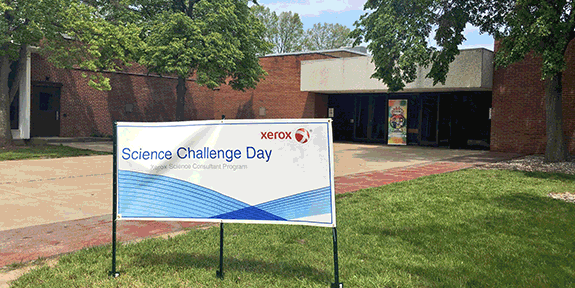by: John Conley, vice president of publishing, Xerox
Book Expo America (BEA) is happening in NYC this week and guess what?
The hard copy book isn’t dead!
Amazon.com said last week that its customers now buy more e-books than print books – and there’s no doubt the market is poised for even more growth. But overall, e-books account for only about 14 percent of all general consumer fiction and nonfiction books sold, according to Forrester Research.
In a recent New York Times story, a Forrester Research analyst commented: “E-book reading is a big deal and it’s going to continue to be even bigger…but we are not to the point where e-books are a majority of unit sales and certainly not a majority of revenue.”
The point is while eBooks are growing in terms of sales and in the public consciousness, there’s room for both “e” and printed books in the publishing market. In fact, we’re showing off the Espresso Book Machine at the event – a device that brings book publishing direct to the masses.
McNally Jackson, an independent bookstore in New York City calls the equipment a “big fancy book robot” that is helping them compete with larger retailers/e-tailers while giving their customers a hip alternative to buying off the shelf. One of those local advantages for Harvard Book Store , an independent book store in Cambridge, Mass., is that they are able to really cater to the local market, printing local short fiction writers and self-published books by local authors. His success is detailed in this Forbes article.
Book Expo America is certain to spark more debate about the prevalence of eBooks and what role traditional hard copy books play in the future of reading. How do you think we’ll read in 5, 10 or 20 years? Check out the video clip below for some of my thoughts.
ARVE Error: need id and provider



[…] and more conversations crop up about the future and relevance of print. Are eReaders killing the hard copy book? Are hand-written notes a thing of the past? Has the growing number of digital options killed print […]